|
Mainline Freight
Mainline Freight was a trainload rail freight operator based in Islington, London, England with operations extending to Yorkshire in the north and Somerset in the west. It was formed from part of British Rail's Trainload Freight division as part of the privatisation of British Rail. Mainline Freight, Loadhaul and Transrail were purchased by a consortium led by Wisconsin Central in 1996 and amalgamated into a new company, English Welsh & Scottish. History Mainline Freight was created in 1994 along with Transrail and Loadhaul as part of the broadly regional split of British Rail's Trainload Freight operations - Mainline Freight's centre of operations were South East England, and East Anglia, and the East Midlands. Three companies were created with the aim of promoting competition between the businesses.Sources: * * It was initially and briefly named "Trainload Freight South East Limited" before being re-branded in September 1994. All three former Trainload Freight companies ... [...More Info...] [...Related Items...] OR: [Wikipedia] [Google] [Baidu] |
Wisconsin Central Ltd
Wisconsin Central Ltd. is a railroad subsidiary of Canadian National. At one time, its parent Wisconsin Central Transportation Corporation owned or operated railroads in the United States, Canada ( Algoma Central Railway), the United Kingdom ( English Welsh & Scottish), New Zealand ( Tranz Rail), and Australia ( Australian Transport Network). Overview Wisconsin Central Ltd. (WC) started in US in the mid-1980s using most of the original Wisconsin Central Railway's rights of way and some former Milwaukee Road rights of way after the Soo Line Railroad acquired the Wisconsin, Illinois, Indiana, Missouri and Minnesota holdings of the bankrupt Milwaukee Road and divested its older railway trackage in Wisconsin. In 1993 the Wisconsin Central also acquired the Green Bay and Western Railroad and the Fox River Valley Railroad. In 1995, Wisconsin Central acquired the Canadian Algoma Central Railway whose tracks ran north of Sault Saint Marie to Hearst, Ontario. The Algoma Central ... [...More Info...] [...Related Items...] OR: [Wikipedia] [Google] [Baidu] |
Associated British Ports
Associated British Ports owns and operates 21 ports in the United Kingdom, managing around 25 per cent of the UK's sea-borne trade. The company's activities cover transport, haulage and terminal operations, ship's agency, dredging and marine consultancy. History Ports formerly owned by rail and canal companies were nationalised in 1947 by Clement Attlee's post Second World War Labour government. The commission was split in 1962 by the Transport Act 1962; the British Transport Docks Board (BTDB) was formed in 1962 as a government-owned body to manage various ports throughout Great Britain.Transportation Infrastructure: Associated British Ports Holdings plc. ''investing.businessweek.com''. Retrieved 23 January 2013. In 1981 the |
Stratford TMD
Stratford TMD was a traction maintenance depot located in Stratford, London, England close to the Great Eastern Main Line. It was located just west of Stratford station, on a site now occupied by Stratford International station. The depot was at one time the biggest on the London and North Eastern Railway with locomotives covering duties from express services to freight workings in London's docks. Locomotive construction took place at the adjacent Stratford Works and Stratford TMD was initially located on this site in the V between the Lea Bridge and Great Eastern Main Lines. In 1871 the depot moved to the 'teardrop' of lines to the west of the present Stratford Regional station. The depot closed in 2001, as part of the construction of the Channel Tunnel Rail Link. History Opening and early years Stratford Depot was built by the Northern and Eastern Railway whose line from Stratford to Broxbourne opened in 1840. By 1843, the main building was a 16 road roundhouse wh ... [...More Info...] [...Related Items...] OR: [Wikipedia] [Google] [Baidu] |
Toton TMD
Toton Traction Maintenance Depot or Toton Sidings is a large traction maintenance depot located in Toton, Nottinghamshire. The TOPS depot code for the depot is TO. Before TOPS, the shed code was 16A (18A prior to 1963). Prior to the 2021 Integrated Rail Plan for the North and Midlands, the site was the proposed location of the East Midlands Hub railway station on the Leeds Branch of HS2. History The history of the development of Toton is highly associated with the history, development and decline of the coal industry in England. The Midland Railway had developed the Midland Main Line from the 1860s, and had a developing revenue from coal traffic from both the Yorkshire and Nottinghamshire coalfields to the power stations of the industrialised West Midlands. This traffic was added to by the fact that most towns also had their own gasworks, with coal delivered by rail to their own private sidings, and the rapidly developing domestic use of coal for heating and cooking. With ... [...More Info...] [...Related Items...] OR: [Wikipedia] [Google] [Baidu] |
British Rail Class 73
The British Rail Class 73 is a British electro-diesel locomotive. The type is unusual in that it can operate from the Southern Region's 650/750 V DC third-rail or an on-board diesel engine to allow it to operate on non-electrified routes. This makes it very versatile, although the diesel engine produces less power than is available from the third-rail supply so the locomotives are rarely operated outside of the former Southern Region of British Rail. Following the withdrawal and scrapping of the more powerful Class 74 electro-diesels in 1977, the Class 73 was unique on the British railway network until the introduction of the Class 88 electro-diesels in 2017. Ten locomotives have been scrapped. History The Southern Railway's expanding third rail electric passenger network (which had begun as far back as 1915) was until 1941 a purely passenger electric multiple unit (EMU) system. This was because it was necessary to have gaps in the third rail for level crossings, etc., w ... [...More Info...] [...Related Items...] OR: [Wikipedia] [Google] [Baidu] |
British Rail Class 60
The British Rail Class 60 is a class of Co-Co heavy freight diesel-electric locomotives built by Brush Traction. They are nicknamed ''Tugs'' by rail enthusiasts. During the 1980s, it became increasingly apparent that British Rail required a more capable Type 5 locomotive for its heavy freight trains. Dissatisfaction with the British Rail Class 56's reliability led to the stipulation of a 95 percent availability, a stringent requirement at the time. A total of three bids were received to a competitive tender issued on 10 August 1987; of these, Brush Traction's submission was selected and an order for 100 locomotives was issued during the following year. Despite the first example being completed during June 1989, due to a number of technical issues discovered during testing, the first examples of the Class 60 would not enter revenue service until late 1990. Operated only during the final years of British Rail, the entire Class 60 fleet became the property of English Welsh & Sc ... [...More Info...] [...Related Items...] OR: [Wikipedia] [Google] [Baidu] |
British Rail Class 58
The British Rail Class 58 is a class of Co-Co diesel locomotive designed for heavy freight. The narrow body with cabs at either end led to them being given the nickname "Bone" by rail enthusiasts. Their design represented a major departure from British conventions of construction; amongst the innovations was the adoption of the American practice of modularisation. The first locomotive of the class was delivered to British Rail during early 1983 and entered service that same year. Despite expectations of a lengthy service life, during 2002, EWS decided to withdraw all examples of the type after only 19 years in service. Subsequently, 32 were hired abroad – four to the Netherlands, eight to Spain and twenty to France. A few examples have also been scrapped or have entered preservation. History During the mid-1970s, British Rail operated several different diesel locomotives that had been categorised as Type 5, these being a relatively high-powered locomotive suited to heav ... [...More Info...] [...Related Items...] OR: [Wikipedia] [Google] [Baidu] |
British Rail Class 47
The British Rail Class 47 or Brush Type 4 is a class of diesel-electric locomotive that was developed in the 1960s by Brush Traction. A total of 512 Class 47s were built at Brush's Falcon Works in Loughborough and at British Railways' Crewe Works between 1962 and 1968, which made them the most numerous class of British mainline diesel locomotive. They were fitted with the Sulzer 12LDA28C twin-bank twelve-cylinder unit producing though this was later derated to to improve reliabilityand have been used on both passenger and freight trains on Britain's railways for over 55 years. Despite the introduction of more modern types of traction, a significant number are still in use, both on the mainline and on heritage railways. As of December 2021, 78 locomotives still exist as Class 47s, including 31 which have been preserved. 33 further locomotives were converted to Class 57s between 1998 and 2004. Origins The Class 47 history begins in the early 1960s with the stated aim o ... [...More Info...] [...Related Items...] OR: [Wikipedia] [Google] [Baidu] |
British Rail Class 37
The British Rail Class 37 is a diesel-electric locomotive. Also known as the English Electric Type 3, the class was ordered as part of the British Rail modernisation plan. They were numbered in two series, D6600–D6608 and D6700–D6999. The Class 37 became a familiar sight on many parts of the British Rail network, in particular forming the main motive power for InterCity services in East Anglia and within Scotland. They also performed well on secondary and inter-regional services for many years. Many are still in use today on freight, maintenance, and empty stock movement duties. The Class 37s are known to some railway enthusiasts as " tractors", a nickname given due to the similarities between the sound of the Class 37's engine and that of a tractor. Description Background As part of the large scale dieselisation brought about by the British Rail modernisation plan a need was identified for a number of type 3 locomotives of power output to . English Electric ... [...More Info...] [...Related Items...] OR: [Wikipedia] [Google] [Baidu] |
British Rail Class 33
The British Rail Class 33, also known as the BRCW Type 3 or Crompton, is a class of Bo-Bo diesel-electric locomotives, ordered in 1957 and built for the Southern Region of British Railways between 1960 and 1962. They were produced as a more powerful Type 3 (1,550 bhp) development of the 1,160 bhp Type 2 Class 26. This was achieved, quite simply, by removing the steam heating boiler and fitting a larger 8 cylinder version of the previous 6 cylinder engine. This was possible because of the traffic requirements of the Southern Region: locomotive-hauled passenger traffic depended on seasonal tourist traffic and was heavier in the summer, when carriage heating was not needed. In the winter, their expected use was to be for freight. Thus, they became the most powerful BR Bo-Bo diesel locomotive. The perennially unreliable steam heating boiler could also be avoided. A total of 98 were built by the Birmingham Railway Carriage and Wagon Company (BRCW) and they were known ... [...More Info...] [...Related Items...] OR: [Wikipedia] [Google] [Baidu] |
British Rail Class 31
The British Rail Class 31 diesel locomotives, also known as the Brush Type 2 and previously as Class 30, were built by Brush Traction from 1957-62. They were numbered in two series, D5500-D5699 and D5800-D5862. Construction of the first locomotive was completed in the final week of September 1957, and the handing-over took place on 31 October. The first Class 31 entered service in November 1957, after the launch of the Class 20 locomotive and was one of the Pilot Scheme locomotives ordered by British Railways to replace steam traction. Engines They were originally built with Mirrlees JVS12T (D5500–D5519) and engines and Brush electrical equipment, but the engines were not successful and in 1964 D5677 was fitted with an English Electric 12SVT engine (similar to the 12CSVT used in the Class 37 but without an intercooler) rated at . The trial proved successful, and between 1965 and 1969 the entire class was re-engined. The de-rated engine was used as it was the maximum the el ... [...More Info...] [...Related Items...] OR: [Wikipedia] [Google] [Baidu] |
British Rail Class 09
The British Rail Class 09 is a class of 0-6-0 diesel locomotive designed primarily for shunting and short-distance freight trips along branch lines. The 26 locos are nearly identical to the more numerous Class 08 shunting locomotives but have different gearing, giving a higher top speed of 27.5 mph (44 km/h) at the expense of a lower tractive effort. They were introduced from 1959 to 1962 and latterly operated in the Southern Region of British Railways, although some of the class were originally allocated to depots in the Midlands and North. Further locomotives were converted from Class 08 in 1992 and, following this and privatisation in 1997, the class has been distributed much further afield. Passenger operations Although not normally considered for passenger work, Class 09s were recorded working passenger trains between Clapham Junction and Kensington Olympia when the booked Class 33 diesel was unavailable. They were also used on Railtours which needed to depart ... [...More Info...] [...Related Items...] OR: [Wikipedia] [Google] [Baidu] |
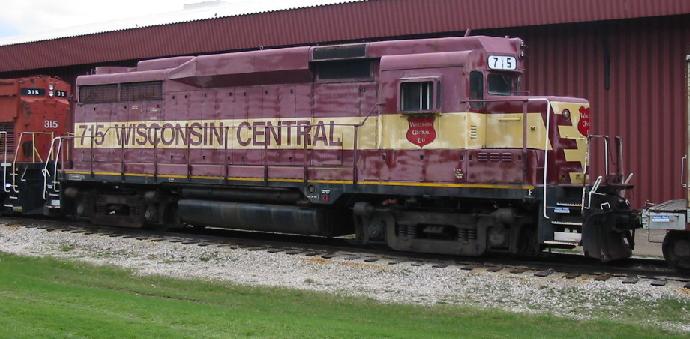
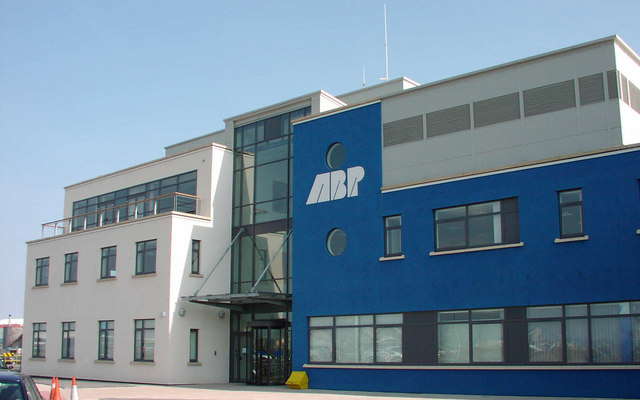

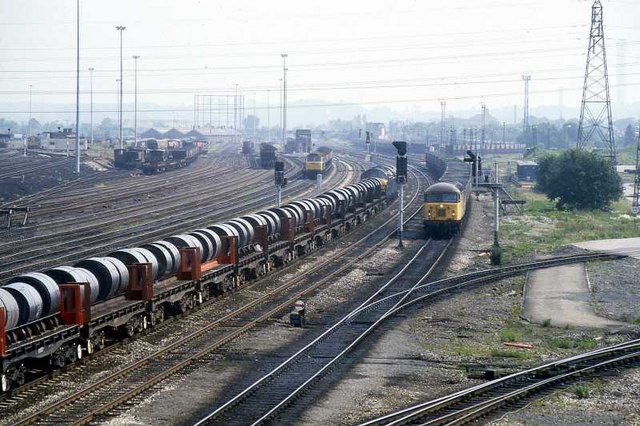

.jpg)
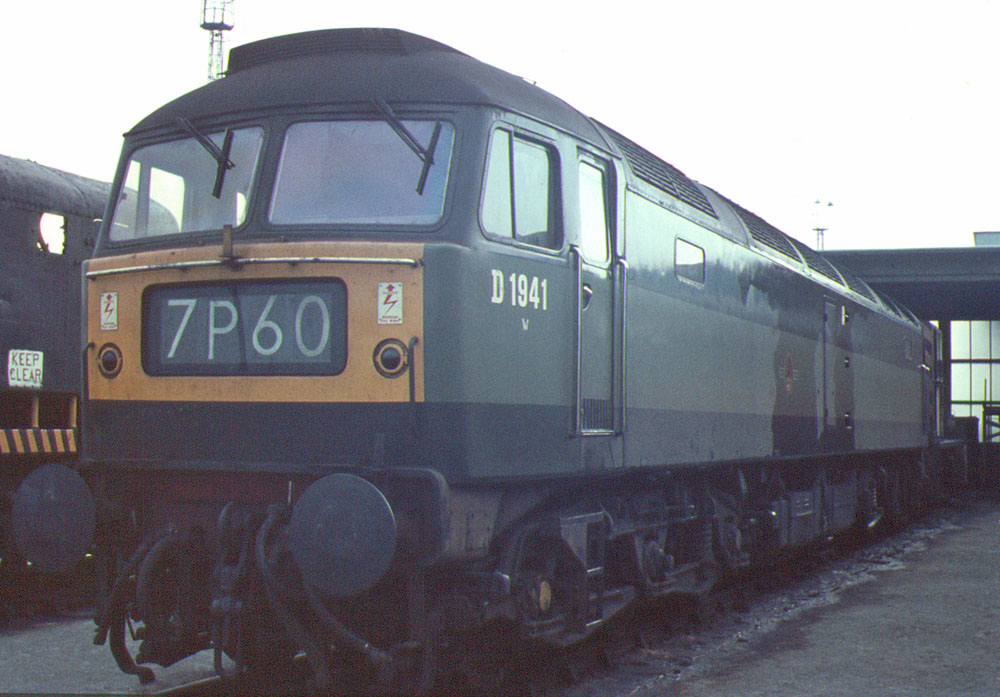

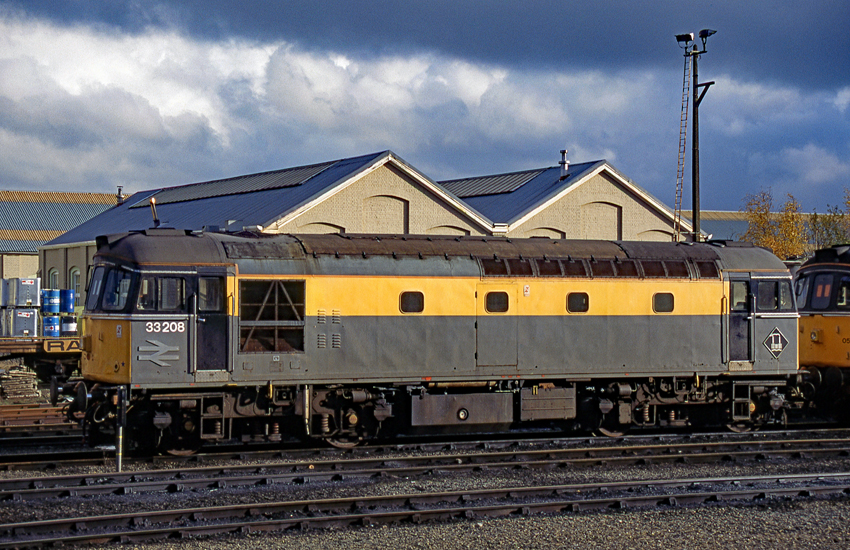
.jpg)
